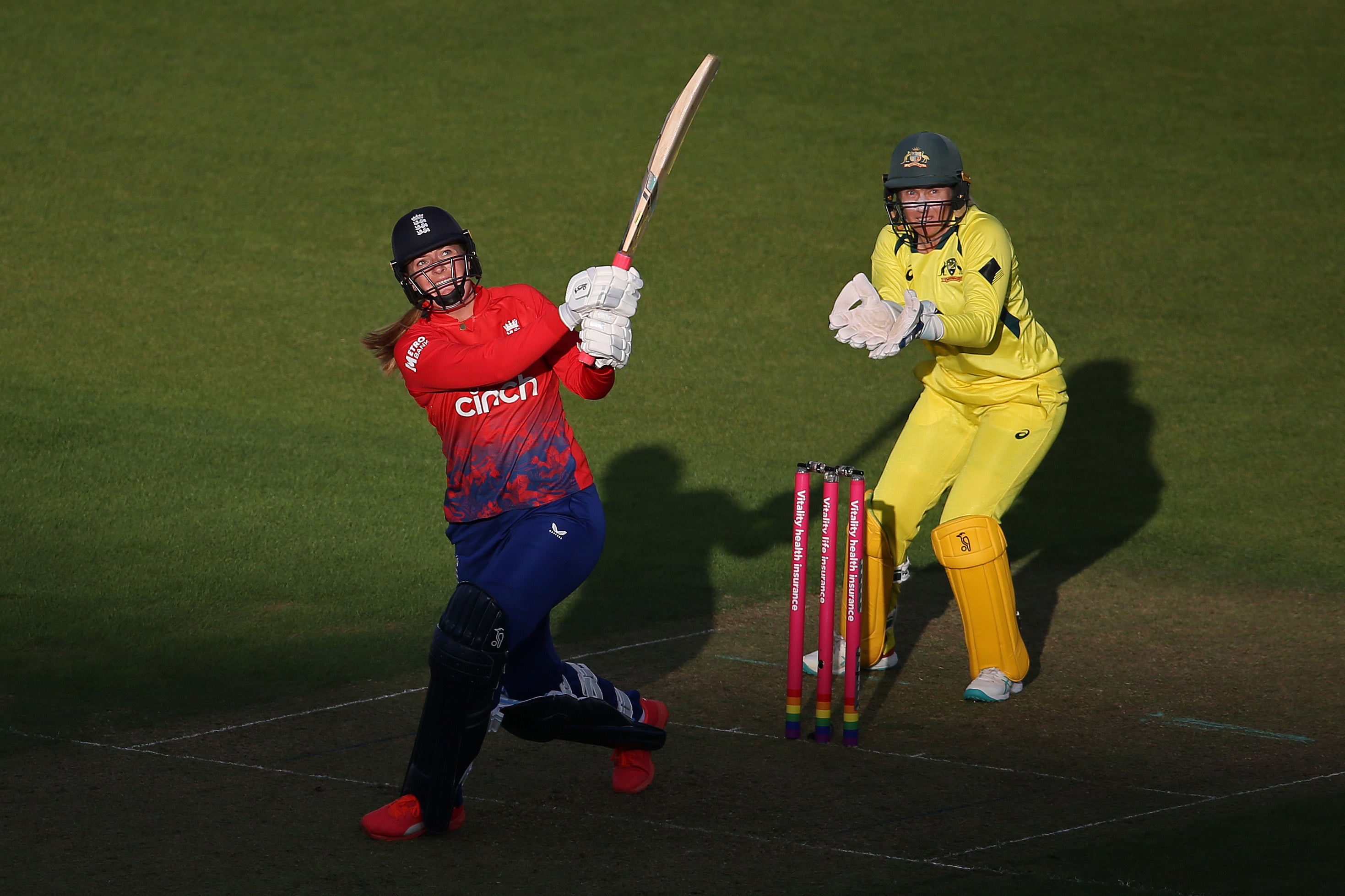Clare Connor, English cricket’s most powerful woman, on sexism in sport: ‘I wasn’t allowed in the Long Room’
Exclusive interview: The former England player describes the recent report on cricket’s deep-rooted inequalities as ‘distressing’ as she reflects on her own experiences in the game

Your support helps us to tell the story
From reproductive rights to climate change to Big Tech, The Independent is on the ground when the story is developing. Whether it's investigating the financials of Elon Musk's pro-Trump PAC or producing our latest documentary, 'The A Word', which shines a light on the American women fighting for reproductive rights, we know how important it is to parse out the facts from the messaging.
At such a critical moment in US history, we need reporters on the ground. Your donation allows us to keep sending journalists to speak to both sides of the story.
The Independent is trusted by Americans across the entire political spectrum. And unlike many other quality news outlets, we choose not to lock Americans out of our reporting and analysis with paywalls. We believe quality journalism should be available to everyone, paid for by those who can afford it.
Your support makes all the difference.Clare Connor, the first female president of Marylebone Cricket Club, believes the aftermath of a damning report into discrimination and inequity in cricket has been a “chastening and distressing” time for the sport.
The Independent Commission for Equity in Cricket (ICEC), released last month on the eve of the second Ashes Test match at Lord’s, found that racism, sexism, elitism and class-based discrimination was “widespread and deeply rooted” in cricket.
Connor is no stranger to breaking down barriers in the game – in October 2021 she became the first woman to lead the MCC, an organisation that has existed for more than 230 years. Now, as the England and Wales Cricket Board’s deputy CEO and the managing director of England Women, Connor is the most powerful woman in the English game.
“We’ve got to get the balance right of celebrating how far we’ve come, there’s no doubt that [in] women’s cricket at all levels – domestically, internationally, the club game – the opportunities now for girls in the game ... we should absolutely celebrate really fast progress over the last few years,” Connor told The Independent.
“It is a sport that’s transformed, record levels of investment, focus, player pay. But it is also chastening to read the recommendations in the report across the board, particularly as they relate to gender.
“It’s been a distressing time for the game aside from the amazing men’s and women’s stuff on the pitch. It’s been a chastening and distressing time for cricket to have those headlines and for people to have suffered and felt excluded from the game over years.”
She added: “There’s a significant piece of work for the game to do, and I’ll be playing my part in that, it’s important work and for anyone who loves sport and anyone who loves cricket. It’s a big responsibility and something that we’re taking very seriously of course.”

The England women’s T20 match against Australia at Lord’s on Saturday marked 25 years since the start of the Women’s Ashes trophy, which Connor was involved in creating as a player back in 1998, the same year that women were first allowed to become members of the MCC.
“It was an unrecognisable era. It was where women’s sport was at the time, paying your own way, paying expenses, paying to train, paying for your own England blazer,” Connor said.
“My first big tour to India [was] in the winter of 1995, so I’d just started university, I had to pay towards my airfare, and that was for a seven week England tour. So, if you fast-forward 25 years and look now at the earning potential in the game, the coverage, the endorsements, broadcast, the game being live on Sky and the BBC.”
When asked about 1998 as the year of the creation of the women’s Ashes trophy and a landmark moment in the history of the MCC, Connor explained a strange dichotomy she experienced the previous year.
“When I first played for England in 1997, I played at Lord’s against South Africa, so I was an England cricketer, but I wasn’t allowed to be in the Long Room [the heart of the famous MCC pavilion] – we were allowed to walk through it because we had to get to the pitch – but I was young then and I probably didn’t quite realise the sense of exclusion that that represented,” she said.
“It’s strange to look back on that actually. But that period was such a key time for women’s cricket, not only the creation of that women’s Ashes trophy that still stands – the women’s Ashes trophy still has that old humble trophy with the old women’s Ashes in it, but it’s nestled in a big modern trophy so it also represents the past and the present. But it was also the year women were allowed to be members of the MCC, and in their own right be in the Long Room.”
Join our commenting forum
Join thought-provoking conversations, follow other Independent readers and see their replies
Comments